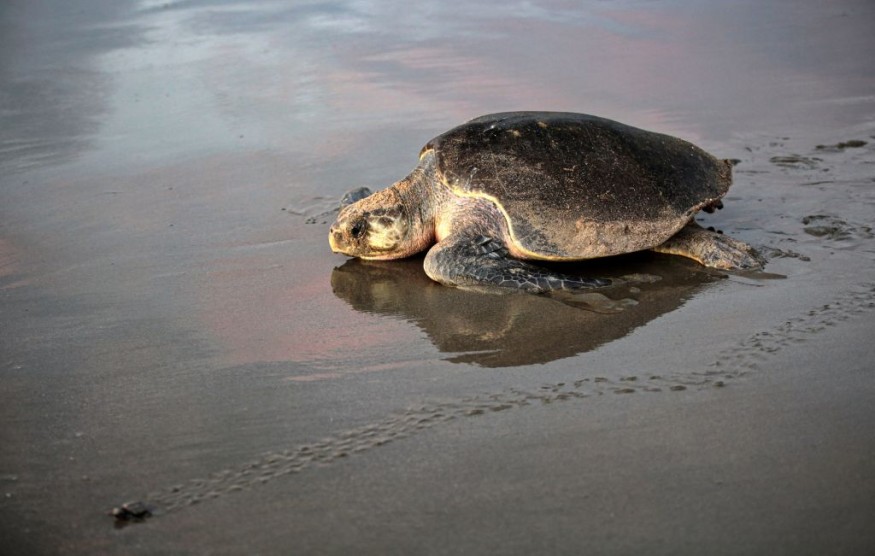Aging involves the biological process of cell development and cell death throughout the span of an organism's life.
For centuries, aging has become a mystery as an imminent or unavoidable occurrence governed by a so-called "cell clock" or "body clock" measured in years since the time of birth.
Scientific advancement only allowed researchers to understand the mechanisms behind aging but is still in the dark when it comes to fully grasping the fundamental theoretical and real-world processes of the cell aging and cell destruction.
However, a new study by an international team of over 100 scientists could address the knowledge gap regarding the matter.
The study was led by the Pennsylvania State University and Northeastern Illinois University in the United States.
For the first time in history, the scientists conducted the largest study on aging and longevity, with a specific focus on amphibians and reptiles, including crocodiles, salamanders, and turtles.
The novel research hopes to further understand the mystery once and for all.
Addressing the Aging Mystery

Published in the journal Science on Thursday, June 23, a new paper focuses on the diverse aging rates in ectothermic tetrapods, which are animals that rely on environmental heat to control their body temperature.
The said animal group in focus was chosen by the scientific team to gain insights in the evolution of aging and longevity.
The aspect of emphasis on the study will be on longevity since it involves the prolonged lifespan of a particular animal species.
For instance, the study cited the 190-year-old "Jonathan the giant tortoise" in Seychelles, who is considered to be the oldest living land animal on Earth.
In the study, the team focused on turtles, crocodiles, and salamanders, with a specific interest in their "low aging rates" and "extended lifespans."
The research acknowledged the anecdotal evidence that some amphibians and reptiles age slowly and have long lifespans.
However, no individual or group has conducted a large-scale study involving multiple species worldwide, according to David Miller, the study's senior author and professor at Penn State, as cited by Phys.org.
Aging and Longevity
The latest and concrete evidence to the contributors of longevity was found on turtles.
This comes after the team found protective phenotypes found on shells of most turtle species.
The phenotypes were said to be responsible for contributing to slower aging, which the scientists attributed as "negligible aging" or lack of "biological aging."
The discovery also debunked the long-held notions that metabolism between cold-blooded vs. warm-blooded animals have something to do with aging.
Miller emphasized that there is no evidence that having a lower metabolic rate is equivalent to slow aging.
Furthermore, there was also no evidence found that having a higher metabolic rate seen in warm-blooded animals is the reason why they age very fast.
The National Institute on Aging stated that while biology studies and experimentations have centered using laboratory animals, it has already extended to the human populace.
While there is still no universal theory for aging, the institute mentions that aging can be slowed, bringing potential benefits to humans in terms of numerous diseases and physical ailments associated with aging cells and cell death.
Related Article: Scientists Reverse Aging and Extend Lifespan of Mice in a New Study
© 2025 NatureWorldNews.com All rights reserved. Do not reproduce without permission.





